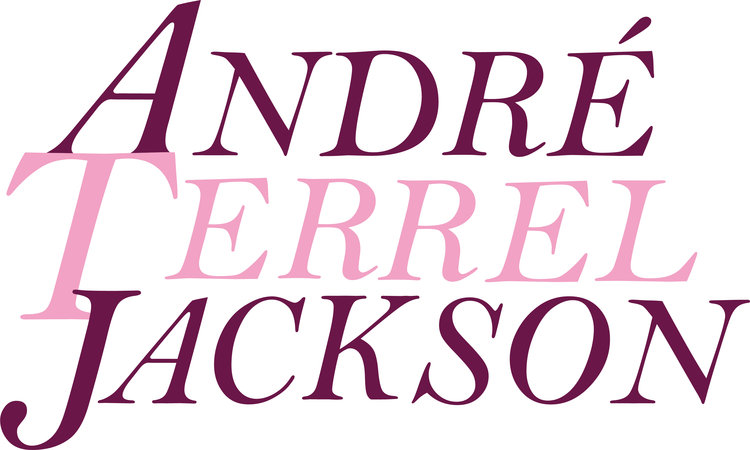My process of making is like hip-hop: I sample my life, family and friends; I remix visual references from history, pop culture, and diasporic cultures; I rap about the different facets of identity and experience. In black vernacular “doing the most” means someone is behaving in a way exceeding what is necessary; as a maker I embody this. By obscuring text, invoking esoteric imagery, and working abstractly, I force the viewer to investigate and question my work, and hopefully their assumptions about identity politics. As such, presentation, representation and performance are critical sites of investigation.
Each material I use acts as a single voice in the choir that is my body of work. Silicone, metal washers, yarn, acrylic paint, glitter, hair, etc. serve as individual singers, adding harmonies, and modulating keys, transcending their singular meaning and adding to the conversation about my intersecting identities. As such, collaging is vital to my process; each layer of material acts to dissect the complexity of issues addressed within my body of work. By balancing frivolity and utility I begin to question what we value. The juxtaposition of material ideas (hard/soft, stiff/flexible, glitter/shiny/matte), allows me to begin talking to the assumed contradictions within my life. By transforming and adapting common materials I’m able to force viewers to think differently about something they see everyday.
The commodification of beauty has led us to question aesthetic pleasure, often assuming beautiful objects lack meaning and gravity. I use that assumption as an entry point, a Trojan horse for complex issues. I contemplate what it means to be beautiful as a black person when “blackness”, as an idea and construct, has been used to dehumanize people, and traits associated with blackness have been deemed undesirable. When we talk about race it is often in relationship to whiteness, in which whiteness is the normalizer. Instead of centering whiteness, I center myself in order to normalize my experience as a black queer person. By exploring my intersecting identities I begin to work through my own perceived contradictions of self.
